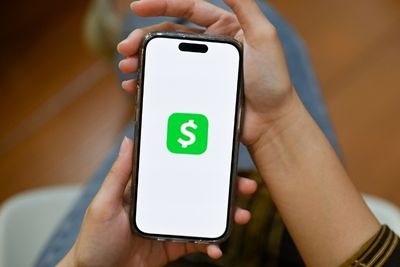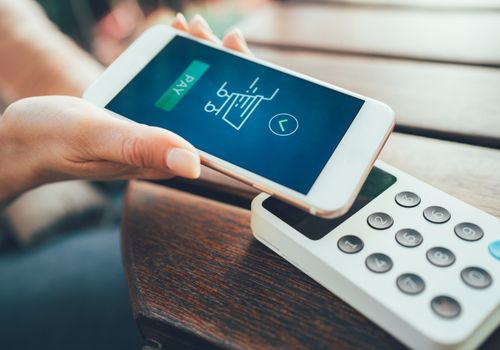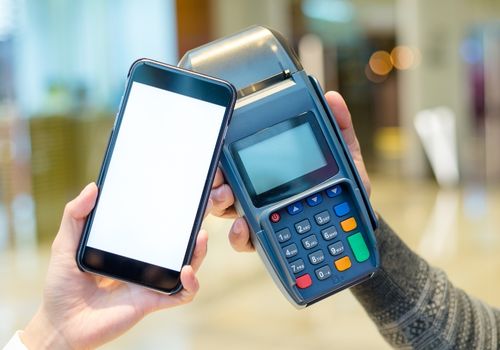
There are many reasons why you might end up with a negative Cash App balance. This happens when you don't have a sufficient balance in your Cash App account and someone disputes a charge on you, you get hit with late secondary charges, or a temporary hold is released after your Cash App balance has gone below the held amount.
Cash App makes it super convenient to send money to friends and family. My cousin is in university and uses Cash App a lot to send and receive money. One day, he found that his Cash App balance was negative, and since I use the app, he came to me for help. I know a few folks who have dealt with this problem over the years, so I've learned why it happens.
You might be wondering, why do you have a Cash App negative balance? This guide has all the answers that you're looking for.
Contents
There are a few reasons why you might check your Cash App account and see that you have a negative balance.

Before we talk about the reasons why you're dealing with a Cash App negative balance, there's one major issue that is constant:
You may not have enough funds in your Cash App balance. This makes it possible for a negative balance to appear.
It's time to talk about how exactly you ended up with Cash App's negative balance.
The first reason you are dealing with a negative balance on Cash App could be that somebody who transferred money to you has activated the Cash App dispute process.
There are quite a few reasons why someone else might choose to dispute a transaction that they made to your Cash App account.
They might have sent the money to the wrong user's Cash App account. They may have meant to send it to someone else, but accidentally sent it to you instead. If you don't send it back, they might move to dispute it.
Or, you may have requested payment from someone for a service or product you provided, and they could be convinced that you overcharged them after they pay. So they could dispute the transaction.
Either way, if the Cash App support team finds the dispute to be valid, they will automatically deduct the money. If you have an insufficient balance, it will show up as a negative balance on Cash App.
When you make certain transactions, there are other charges, usually smaller ones, which might be associated with it. For instance, if you make a payment through certain platforms, there might be an additional processing or transaction fee involved. That gets paid separately from your main purchase.
These secondary charges may come in hours or days after the first one. When you don't have sufficient balance on Cash App, the charge still gets completed.
What this does is push you into a negative balance on Cash App, until you have enough money to bring your account back to zero.
This method applies to anyone who buys from online retailers, but it can also apply to people who use Cash App cards.
When you make a Cash App payment with certain businesses, you might have the relevant amount put on hold in your Cash App wallet. Think of this like that money being put aside until the transaction is completed.
However, when the transaction is completed and the hold is released, you will be charged the full amount. However, if by this point, you have insufficient funds, you'll end up with a negative balance on Cash App.

Now that you know what can cause a negative balance in Cash App, you might be wondering - what can you do to prevent a negative account balance at any time?
This issue isn't that common, but you can fix Cash App negative balance issues simply by funding your Cash App account using money from your bank account.
Here's how to add a bank account to your Cash App and add cash to it to make sure you have a sufficient balance.
Let's start by linking your bank account. If you've done this already, you can skip these steps.
Once this is done successfully, you can put money into the cash account to solve the negative balance problem.
This is how you transfer money to your Cash App account. Once the funds are processed and you have enough balance on the Cash App wallet, your negative balance should be resolved.
If despite this, you still have the negative balance issue on Cash App, it might be time to reach out to the Cash App team and find out why this is happening. They should be able to find the exact reason why you went into a negative balance.
You asked why does my Cash App have a negative balance, and I've answered that and shown you the multiple causes.
However, if you're used to regular transactions with banks reaching a negative balance, this usually means that you're about to start building up your account's overdraft balance. So that begs the question, is there an overdraft on Cash App, and if so, how do they charge overdraft fees?
The money in your wallet on Cash App might hit a negative balance when there are no sufficient funds on the card after certain money transactions.
However, you need to know that overdraft simply isn't a thing with Cash App. You don't need to worry about getting into a payment dispute or anything of the sort because of overdraft fee amounts.
Cash App offers a debit card that you can use for physical transactions. It's called a Cash Card.
If you've just got your Cash App card, you might wonder whether spending recklessly at the mall will tie you down with a negative balance on the Cash App account.
The answer is no. There's no overdraft on your Cash Card and you can only spend what's in your Cash App account. That's because it is a debit card.

Why can Cash App have a negative balance? There are a bunch of reasons, including a temporary hold from an online retailer being released, a secondary charge coming in long after the primary payment, or another user's account disputing a payment made to you.
Just make sure that the available balance is more than what you currently owe and you likely won't run into this negative balance issue again. You can do this by topping up your account with money from your bank.
